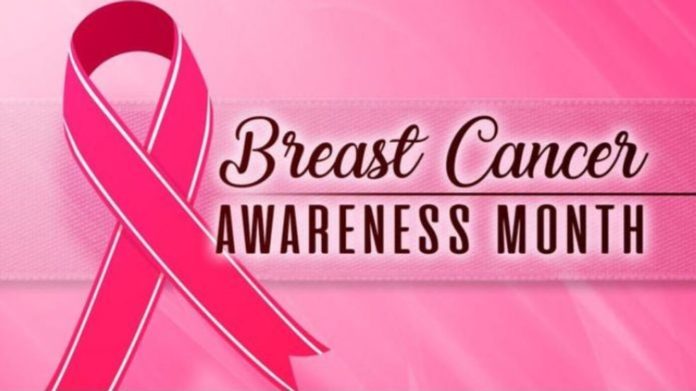October is the month of awareness and prevention of breast cancer. As expressed by the World Health Organization (WHO), this month is an opportunity to “increase attention and support for awareness, early detection, treatment and palliative care.”
Since our company was founded, we seek to improve the lives of our communities by defending the rights of Hispanics and by getting involved in the problems and issues that are relevant to everyone, such as breast cancer. This cancer will be diagnosed in more than 200 thousand women approximately this year, and will take the life of more than 40 thousand of them. This means that, in the United States, breast cancer is the second most common type of cancer in women, according to the American Cancer Society.
The early detection of breast cancer allows immediate treatment and increases the survival rate. There are different studies and tests that women can do to detect breast cancer early, mammography is one of them. In this post, we will provide you with useful information about this disease, which treated on time, is curable.
1. Pay attention to the symptoms of breast cancer
According to experts, some symptoms of breast cancer can be: any change in the size or shape of the breast, pain in that area of the body, secretion of the nipple other than milk (even blood) and appearance of a lump in the breast. the breasts or under the arm. If you have any symptoms or suspected that something happens, consult your doctor immediately. Unfortunately, at the beginning the tumor is very small and shows no signs of the disease, but as it develops and grows, the symptoms become more evident and appear as:
- Appearance of a lump in the breast or between the armpit and the breast
- Irritation on the skin of the breast area
- Swelling or hard parts somewhere in the breasts
- Sinking in some area of the skin
- Changes in the size and aspects of breasts
- Unusual pain in the breasts
2. Prevention measures
The American Institute of Cancer Research (AICR) estimates that breast cancer cases could be prevented and reduced by three measures:
- Control our weight.
- Exercise.
- Avoid alcohol or drink in moderation.
3. Do breast self-examination
You can detect changes in your breasts that can lead to early cancer detection. It is recommended to do the self-exploration when you are not with the period, menstruating or ovulating because the phases of the menstrual cycle produce changes in the mammary glands. Here you can find out how to do it.
4. The importance of becoming a spoiled
Mammography is one of the most effective ways to diagnose signs of breast cancer early and reduce the risk of the disease. A mammogram can detect tumors up to three years before the palpations of breast self-examination or breast exploration performed in the annual consultation.
The American Cancer Society recommends women get a mammogram every year starting at age 40, but breast cancer can affect women under that age. If you are concerned about the cost of mammography, the Centers for Disease Control and Prevention (CDC) offers the possibility of free mammography or very low cost.
5. Inform yourself and share the information with yours
The month of awareness about breast cancer is a good opportunity to talk with our acquaintances, friends and family about this disease. Likewise, it is also important to read about the topic and consult the doctor. If you find information and useful resources you can share them with yours, and thus help prevent more cases of breast cancer.
6. Talk with your doctor and family about possible treatments
If you or a loved one was diagnosed with the disease, the doctor will recommend a therapy taking into account the stage of the cancer at the time of diagnosis, the age of the patient, their physical conditions and the symptoms that the person presents. It is very common for the doctor to recommend some treatment or a combination of treatments. They may vary and may be the following:
- Surgery
- Radiation
- Chemotherapy
- Hormone therapy
- Medicine therapy focused
- Therapy focused on bones
When the cancer is diagnosed, both the patient and their environment face emotional and economic challenges. As we have indicated in previous articles, it is important that you seek emotional support. In the United States there are many institutions dedicated to providing support to those who are in this situation. Using a support group or a therapist can help improve the quality of life for the patient and their family.









